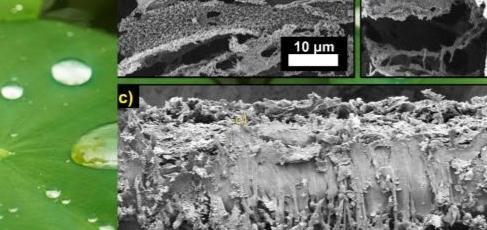
MIT Researchers Find Way to Control Cell Movement Using Just Light
In a groundbreaking discovery, researchers at the Massachusetts Institute of Technology (MIT) have successfully manipulated the movement of cells using just light. This innovative technology has the potential to revolutionize our understanding of cell behavior and could lead to significant breakthroughs in various fields of medicine and biology.
The research team, led by Dr. Peter Reddien, a bioengineering professor at MIT, examined an enzyme called Kinesin-1, which plays a crucial role in regulating cell mobility. They successfully made the enzyme sensitive to light by attaching a light-sensitive molecule to it. This modification allowed the enzyme to respond to specific light patterns, effectively controlling the movement of cells.
To test their discovery, the researchers injected the light-sensitive enzyme into the cells of starfish eggs. The results were astonishing. Under exposure to specific light patterns, the cells began to jitter, compress, and contract in a predictable manner. This controlled movement was a significant achievement, as it demonstrated the ability to manipulate cell behavior using a non-invasive and non-toxic method.
The implications of this discovery are far-reaching. By controlling cell movement using light, researchers could potentially develop new treatments for various diseases, such as cancer, where cell migration and invasion are key factors in tumor progression. Additionally, this technology could be used to create personalized therapies for patients, as the specific light patterns required to control cell movement could be tailored to individual needs.
The study’s findings were published in the journal Science, and the researchers believe that their discovery could have significant applications in the fields of regenerative medicine, tissue engineering, and biotechnology.
How the Research Was Conducted
The research team began by identifying the specific enzyme responsible for regulating cell mobility. They then attached a light-sensitive molecule to the enzyme, creating a light-sensitive version of Kinesin-1. This modified enzyme was then injected into the cells of starfish eggs, which allowed the researchers to observe its effects.
The team used a technique called optogenetics, which involves using light to control the activity of specific cells or proteins. In this case, the light-sensitive enzyme was used to control the movement of cells in response to specific light patterns.
The researchers used a specialized microscope to observe the cells and record their movements in response to different light patterns. They found that the cells responded predictably to the light signals, moving in specific directions and patterns.
Potential Applications
The potential applications of this technology are vast and varied. Some possible uses include:
- Cancer treatment: By controlling cell movement, researchers could potentially develop new treatments for cancer that target the abnormal cell migration and invasion associated with the disease.
- Regenerative medicine: This technology could be used to create personalized therapies for patients with damaged or diseased tissues, allowing researchers to control the movement of cells to promote healing and repair.
- Tissue engineering: The ability to control cell movement could be used to create artificial tissues that mimic the structure and function of natural tissues.
- Biotechnology: This technology could be used to develop new biotechnology applications, such as creating genetically modified organisms that respond to specific light signals.
Conclusion
The discovery by MIT researchers of a way to control cell movement using just light is a significant breakthrough that has the potential to revolutionize our understanding of cell behavior and lead to significant breakthroughs in various fields of medicine and biology. The ability to manipulate cell movement using a non-invasive and non-toxic method offers a new frontier for researchers, with potential applications in cancer treatment, regenerative medicine, tissue engineering, and biotechnology.
Source:






